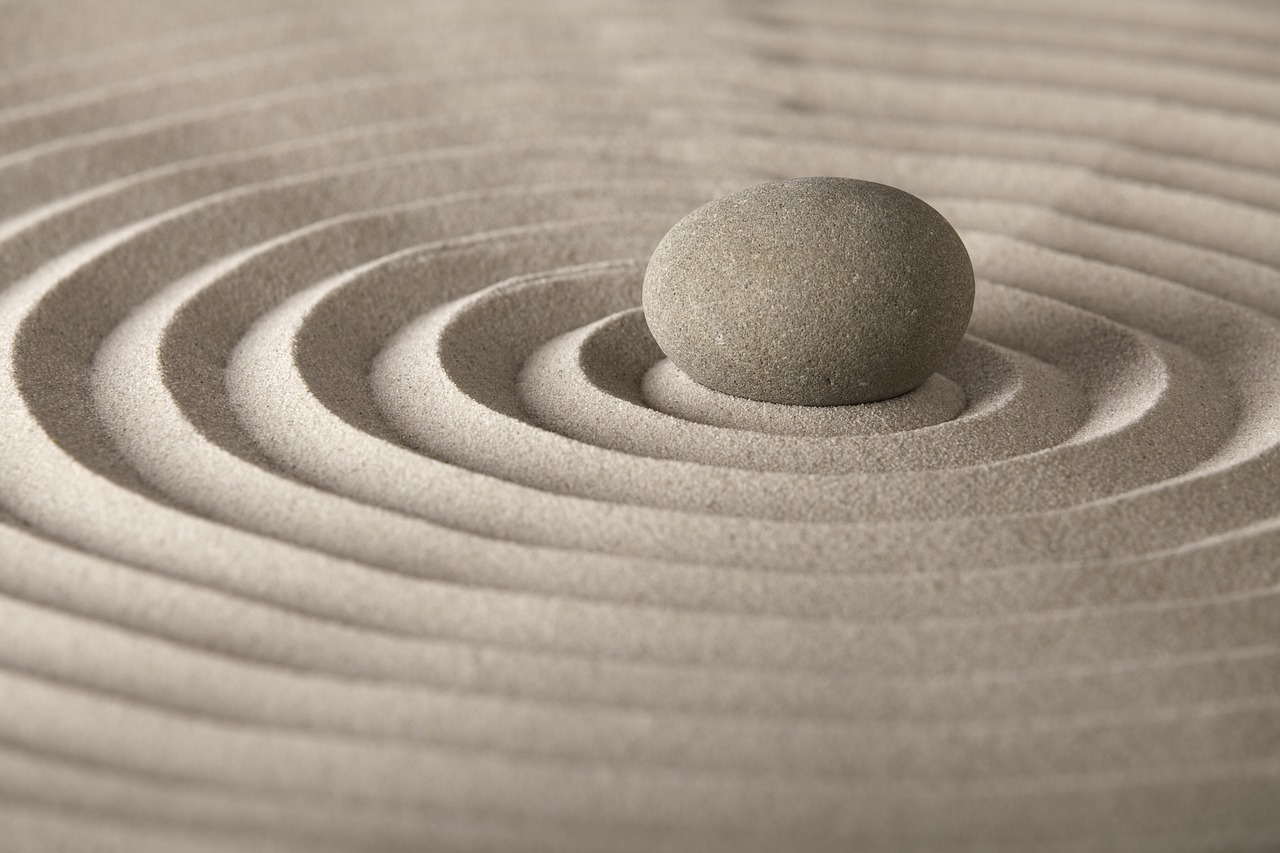The Eight Limbs of Yoga
The 8 Limbs of Yoga: A Path to Holistic Wellness
The 8 Limbs of Yoga, outlined in the ancient text "The Yoga Sutras of Patanjali," provide a comprehensive framework for achieving physical, mental, and spiritual wellness. These limbs, or "Ashtanga," guide practitioners toward a balanced and fulfilling life.
1. Yama (Ethical Disciplines): The first limb focuses on moral principles, guiding how we interact with others. The five Yamas include Ahimsa (non-violence), Satya (truthfulness), Asteya (non-stealing), Brahmacharya (moderation), and Aparigraha (non-possessiveness). These principles foster harmony and integrity in our relationships.
2. Niyama (Self-Disciplines): The second limb pertains to personal observances and discipline. The five Niyamas are Saucha (cleanliness), Santosha (contentment), Tapas (self-discipline), Svadhyaya (self-study), and Ishvara Pranidhana (surrender to a higher power). Practicing these helps in cultivating a pure, disciplined, and introspective life.
3. Asana (Postures): Asana refers to the physical postures practiced in yoga. The primary aim is to prepare the body for prolonged meditation by developing strength, flexibility, and balance. Consistent practice of asanas promotes physical health and well-being.
4. Pranayama (Breath Control): Pranayama involves regulating the breath to control the life force, or "prana." Techniques include inhalation, exhalation, and breath retention. This practice enhances mental clarity, reduces stress, and improves overall vitality.
5. Pratyahara (Withdrawal of Senses): Pratyahara is the practice of withdrawing the senses from external distractions, turning inward to focus on the self. This stage prepares the mind for deeper meditation by reducing sensory overload.
6. Dharana (Concentration): Dharana involves focusing the mind on a single point or object. This concentration is crucial for calming the mind and developing mental discipline, serving as a foundation for meditation.
7. Dhyana (Meditation): Dhyana is the practice of uninterrupted meditation. It involves sustained concentration, leading to a profound sense of inner peace and self-awareness.
8. Samadhi (Union with the Divine): The final limb, Samadhi, represents the ultimate goal of yoga— a state of blissful union with the divine or the true self. In this state, the practitioner experiences a profound sense of oneness and liberation.
Together, these eight limbs form a holistic approach to yoga, encompassing ethical behavior, physical health, breath control, sensory withdrawal, concentration, meditation, and spiritual enlightenment. Practicing these limbs leads to a balanced and harmonious life, fostering overall well-being and inner peace.




